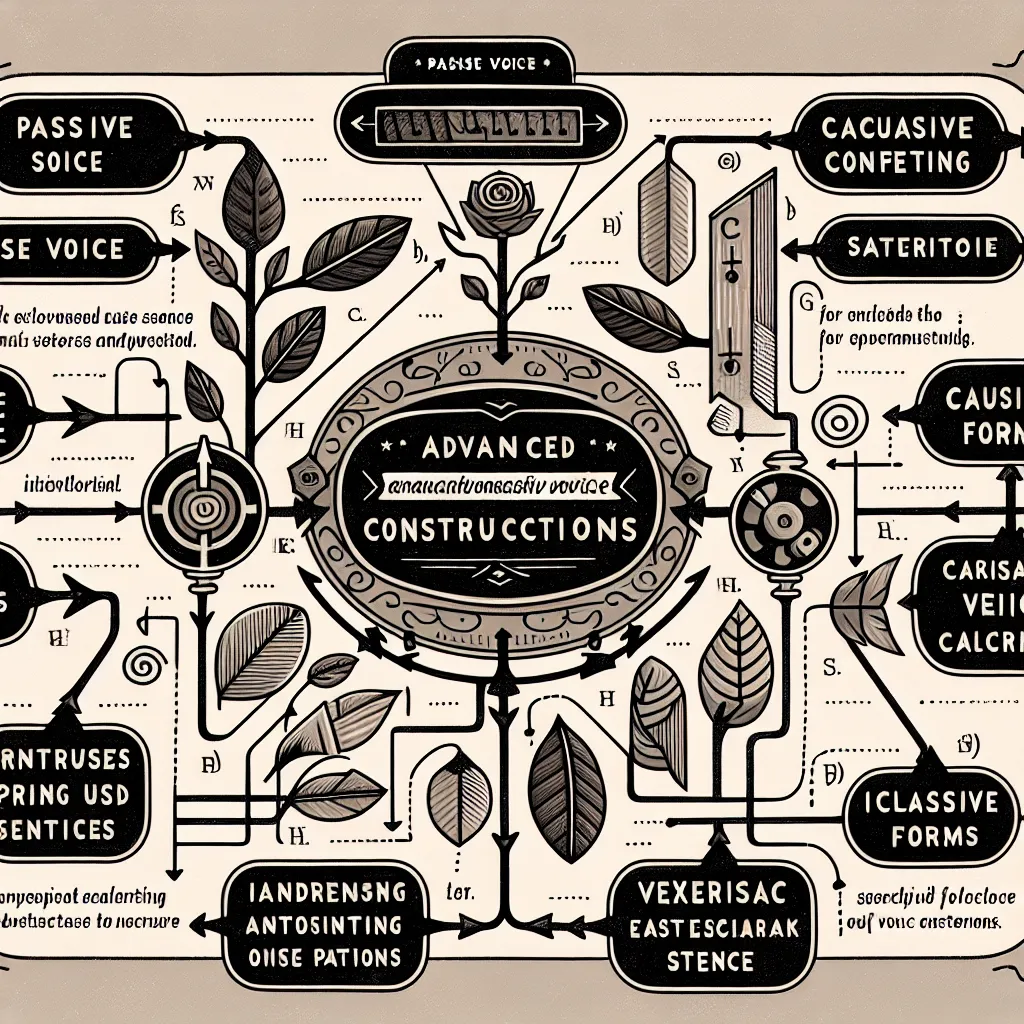Mastering sentence structure is a crucial aspect of learning English. Whether you’re a beginner or an advanced learner, understanding how to construct sentences correctly can significantly improve your language skills. In this article, we’ll explore some effective tips to help you master English sentence structure.
Understanding the Importance of Sentence Structure
Before diving into the tips, it’s essential to recognize why sentence structure matters. Proper sentence structure helps convey your thoughts clearly and effectively, ensuring that your listeners or readers understand your message. It’s the foundation of good communication in English.
 English sentence structure diagram
English sentence structure diagram
Tips for Mastering English Sentence Structure
1. Start with Basic Sentence Patterns
English sentences typically follow one of five basic patterns:
- Subject + Verb (SV): “She sings.”
- Subject + Verb + Object (SVO): “He reads books.”
- Subject + Verb + Adjective (SVA): “The food tastes delicious.”
- Subject + Verb + Adverb (SVAdv): “They arrived early.”
- Subject + Verb + Noun (SVN): “Sarah became a doctor.”
Practice creating sentences using these patterns to build a strong foundation.
2. Learn Clause Types
Understanding different types of clauses can help you create more complex sentences:
- Independent clauses: Can stand alone as a sentence.
Example: “I love ice cream.” - Dependent clauses: Cannot stand alone and need an independent clause.
Example: “When it’s hot outside, I love ice cream.”
3. Use Conjunctions Effectively
Conjunctions help connect ideas within sentences. Learn to use coordinating conjunctions (FANBOYS: For, And, Nor, But, Or, Yet, So) and subordinating conjunctions (because, although, if, when) to create compound and complex sentences.
Example: “I wanted to go to the park, but it was raining.” (Compound sentence)
Example: “Although it was raining, I went to the park.” (Complex sentence)
4. Practice Sentence Combining
Take simple sentences and combine them to create more sophisticated structures. This exercise helps you understand how ideas relate to each other within a sentence.
Simple sentences: “The dog barked. The mailman arrived.”
Combined: “The dog barked when the mailman arrived.”
5. Study Phrase Types
Learn about different types of phrases (noun phrases, verb phrases, prepositional phrases) and how they function within sentences. This knowledge allows you to add detail and complexity to your sentences.
Example: “The old man with the gray beard” (noun phrase)
Example: “Running quickly through the forest” (verb phrase)
6. Read Extensively
Reading a variety of English texts exposes you to different sentence structures. Pay attention to how authors construct their sentences, especially in academic or professional writing.
 Person reading English books
Person reading English books
7. Analyze Sentences
When you come across a sentence you find interesting or complex, break it down into its components. Identify the subject, verb, objects, and any modifying phrases or clauses. This analysis helps you understand how complex sentences are built.
8. Use Online Tools and Resources
There are many online resources available for practicing sentence structure. Websites like Learn English Net offer exercises and explanations to help you improve your skills.
9. Practice with Sentence Diagrams
Sentence diagramming is a visual method for displaying the grammatical structure of sentences. While it may seem old-fashioned, it can be an excellent tool for understanding how sentence elements relate to each other.
10. Focus on Verb Tenses
Correct use of verb tenses is crucial for proper sentence structure. Make sure you understand how different tenses affect the structure and meaning of sentences.
Example: “I am eating dinner.” (present continuous)
Example: “I have eaten dinner.” (present perfect)
Common Mistakes to Avoid
When working on your sentence structure, be aware of these common pitfalls:
- Run-on sentences: Joining independent clauses without proper punctuation or conjunctions.
- Sentence fragments: Incomplete sentences that lack a subject or verb.
- Misplaced modifiers: Phrases or clauses that modify the wrong part of the sentence.
- Subject-verb agreement errors: When the subject and verb don’t match in number.
Advanced Techniques
Once you’ve mastered the basics, you can move on to more advanced sentence structures:
- Parallel structure: Ensuring that similar ideas in a sentence have similar grammatical forms.
- Passive voice: Understanding when and how to use passive constructions effectively.
- Inversion: Changing the typical word order for emphasis or in specific constructions.
For more advanced grammar tips, check out our article on advanced grammar for professional communication.
Conclusion
Mastering English sentence structure takes time and practice, but with these tips, you’ll be well on your way to constructing clear, effective sentences. Remember to start with the basics, practice regularly, and gradually incorporate more complex structures into your writing and speaking. Don’t be afraid to analyze sentences you encounter and learn from native speakers and well-written texts. With dedication and the right approach, you’ll see significant improvements in your English language skills.
Keep practicing, and don’t hesitate to seek feedback on your sentence construction. For more tips on improving your English grammar quickly, visit our guide on how to improve English grammar quickly.




